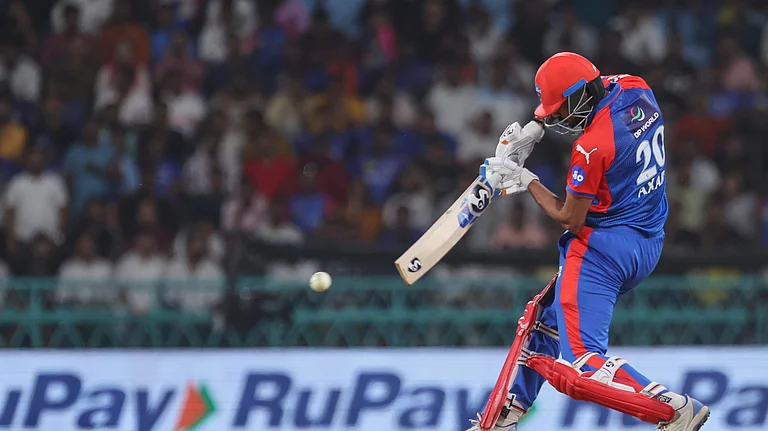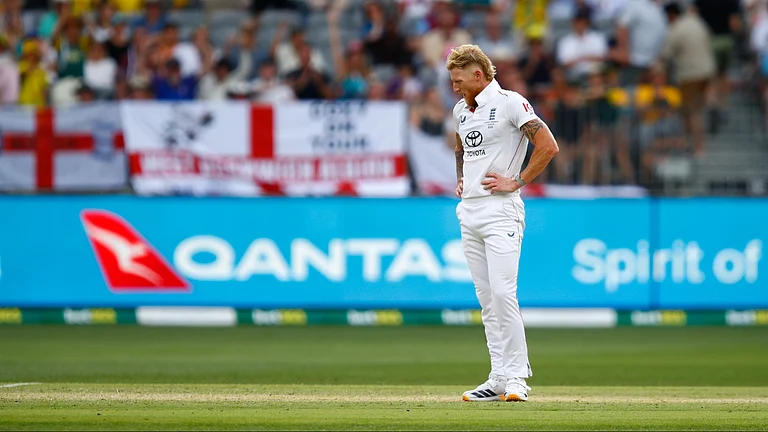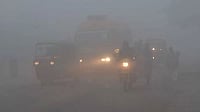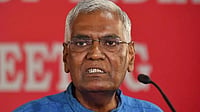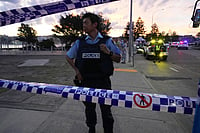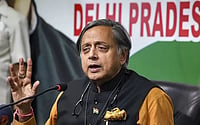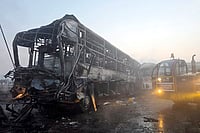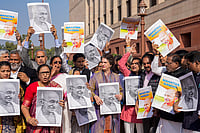ON November 27, five-year-old Arslan Khan, a kindergarten student of St Xaviers school in Delhi, was killed after a Blueline bus rammed into the matador in which he was travelling to school. Less than 36 hours after this incident, another Blueline bus killed five passengers of a Maruti car: Manchand Jain, Arun Jain, his wife Renu, son Vardhman Jain, the driver and two bus passengers.
And these are not isolated incidents. In 1996 alone, nearly 300 people were killed in accidents involving Blueline or Redline buses run by private operators. Finally, in a major damage control exercise, the Delhi government is contemplating scrapping the private services by May 1997. In the meanwhile, says Rajinder Gupta, transport minister, Delhi: "There will be two drivers in all the Blueline buses. Periodical medical check-ups of these drivers will be carried out, and in order to receive public cooperation, we are going to place a complaint book in each bus." Too little, too late?
For close to four years now, Blueline and Redline buses have flouted every rule of traffic discipline, gaining a notorious reputation for ploughing down passengers and pedestrians with frightening regularity.
In 1992, former Union surface transport minister Jagdish Tytler had introduced 4,000 Redline and Blueline buses when employees of the Delhi Transport Corporation (DTC) struck work demanding an implementation of the Fourth Pay Commission. Though the move did ease the commuters problems to an extent, the authorities failed to devise any checking system for the private services. Says A.K. Gupta, director, Central Road Research Institute (CRRI): "Why were more than 4,000 private companies created overnight against one DTC? And why was no effective control maintained over them?"
Consequently, drivers of private buses often held dubious credentials. Some, it is alleged, were replaced by temporary drivers with little experience and fake licences. Passengers complained of drunken driving. And in the race for more passengers, speed limits were thrown to the winds.
Says A.K. Gupta: "India is the only country in the world where more than 14 kinds of vehicles ply together. Heavy traffic vehicles and light traffic vehicles need to be segregated." Points out Professor Dinesh Mohan of IIT, Delhi: "It is necessary to study the time taken by the bus in each trip and accordingly fix a timetable. Delhi has the highest speed average in the world17 to 35 kmson a busy road." Two reports submitted on the problem have been gathering dust: a report by Ved Marwah, former IPS officer, as well as the recommendations of the Justice D.R. Khanna committee.
The administrations apathy was apparent when early this year, in an image-building move aimed at removing the fear associated mainly with the Redline service, authorities ventured on a novel schemeRedline buses were painted blue. Obviously, it didnt stop the buses from running amok.
Finally, under public pressure after the November accidents, the Delhi Police launched an offensive to tame the killer buses. As a result, 1,000 private buses went off the roads, leaving crowds stranded in the winter cold. And on November 11, the Delhi High Court directed the Union Government, Delhi government, traffic police and the State Traffic Authority to state what action they had taken on the Kha-nna Committee recommendations.
"We are drawing up a timetable for bus routes. Wireless sets will record the movements of blueline buses. Vehicles will have to undergo maintenance tests. Speed governors will be fitted into private buses within a month," promises Rajinder Gupta. He adds: "We have devised a two-fold strategy to tackle the menace. First, we are strengthening DTC operationsby end-1996, its fleet strength will be about 2,000. Second, we will not renew the permits of 4,000 Blueline buses, scheduled to expire in May next year. Instead, we plan to incorporate the Blueline fleet in DTC under the kilometres scheme."
The traffic police have recommended several mandatory measures hoped to be implemented within a month: uniforms and identity badges for drivers and conductors; installation of speed governors and first aid boxes; a proper display of the names of the crew; and pneumatic doors which shut on their own. "Till November 1996, we collected Rs 1.40 crore as fines from private operators. Despite this, they continue to violate traffic rules as there is no fear of the law," says H.P.S. Virk, additional DCP (traffic). Says Ujjwal Mishra, DCP traffic: "The whole contingent of the Delhi Police is out on the streets to monitor the traffic situation. But the police is plagued by a shortage of personnel. Of the 1,800 personnel, 10 per cent are solely for VVIP security. And 20 per cent are on leave or suspension." After a 14-year wait, a proposal to the Union Home Ministry seeking more personnel has finally received approval for the creation of 1,102 additional posts.
However, private bus owners claim the police are corrupt. Says Joginder Singh, bus owner: "We are forced to pay haftas at every redlight on a weekly basis." In an affidavit filed in the Delhi High Court, the Delhi Police admitted that its personnel are corrupt and this accounted for traffic deterioration. Says Virk: "Since 92, disciplinary action has been initiated against 200 Delhi Police traffic officials on charges of corruption."
Maharashtras Inspector-General of Police P.S. Pasricha, who brought down the accident rate considerably in Mumbai, told Outlook: "There needs to be political will on the part of administrators. And community involvement is a must. " Drawing inspiration from the Mumbai police, the Delhi traffic division is planning to involve students and elders to enforce discipline. "The Delhi Police has also been successful in roping in the corporate world to manage traffic in the capital. Soft drink manufacturers like Pepsi, Coca-Cola, Allwnz and Advantage India have come forward to contribute towards making traffic signs on the road," says Mishra. All this, hopefully, will harness the killer on the roads.







